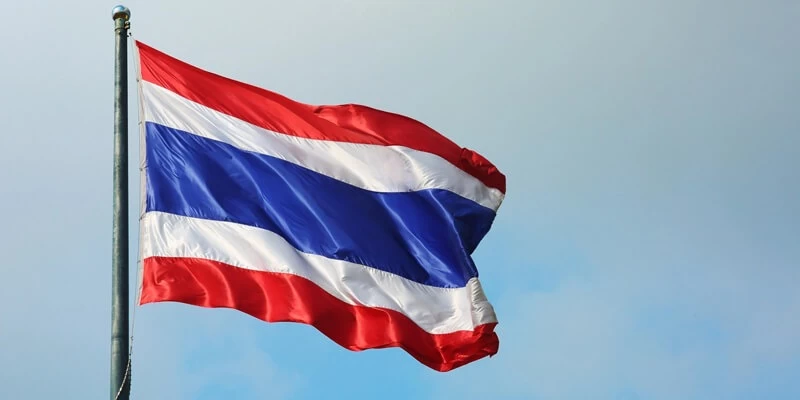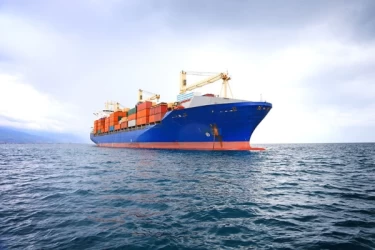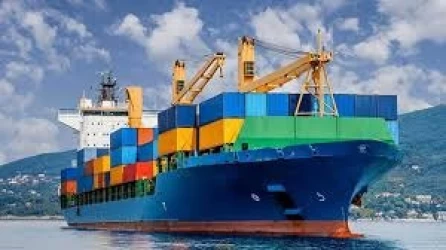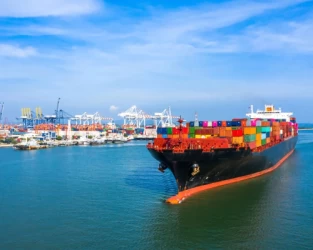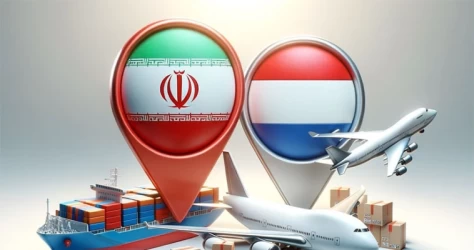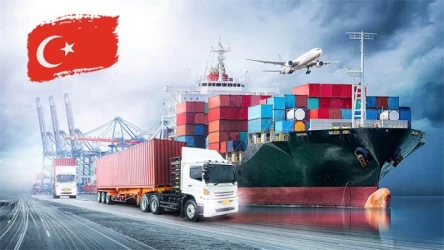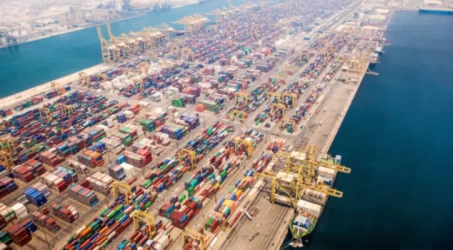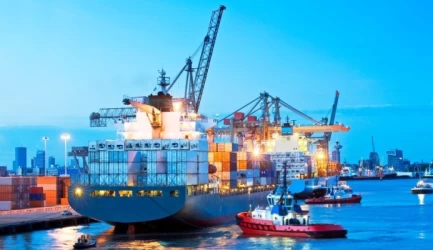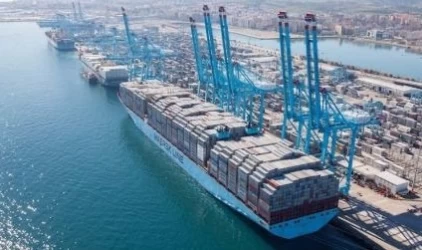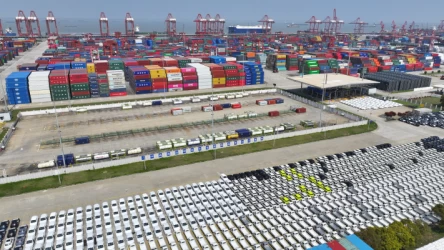Guide to Trade with Thailand, Sea Transportation
Thailand, known for its strategic location in Southeast Asia, offers significant opportunities for international trade. With its extensive coastline and well-developed port infrastructure, sea transportation is a vital component of Thailand’s trade logistics. This guide provides an overview of the key aspects of trading with Thailand via sea transportation.
1. Major Ports in Thailand
Thailand boasts several major ports that facilitate international trade:
- Laem Chabang Port: The largest port in Thailand, handling over 54% of the country’s total import and export volume. It is located in the Eastern Economic Corridor and is one of the top ports in the ASEAN region.
- Bangkok Port: The second largest port, serving as a crucial hub for trade within the region.
- Other Ports: Thailand also has several other ports, including Map Ta Phut and Songkhla, which support various industries and regional trade.
2. Sea Freight Services
Sea freight is a cost-effective and efficient way to transport goods to and from Thailand. Services include:
- Full Container Load (FCL): Ideal for large shipments, where the entire container is used by one shipper.
- Less than Container Load (LCL): Suitable for smaller shipments, where the container is shared with other shippers.
3. Import and Export Procedures
Thailand has streamlined its import and export procedures through the implementation of the e-Customs system. Key steps include:
- Registration: Importers and exporters must register with the Thai Customs Department and obtain a digital certificate.
- Documentation: Required documents include the Bill of Lading, Commercial Invoice, Packing List, and any necessary permits or licenses.
- Customs Clearance: Goods must be declared to customs, and duties and taxes must be paid. The e-Customs system allows for electronic submission of documents, making the process more efficient.
4. Transportation and Logistics
Thailand’s transportation infrastructure supports efficient movement of goods:
- Road Transport: Accounts for 81% of domestic freight transportation.
- Rail Transport: Though less utilized, it offers an alternative for certain types of cargo.
- Inland Waterways: Used for transporting goods within the country, complementing sea freight.
5. Trade Regulations and Compliance
Businesses must comply with Thai trade regulations, which include:
- Tariffs and Duties: Vary depending on the type of goods being imported or exported.
- Standards and Certifications: Certain products may require specific certifications or adherence to Thai standards.
Conclusion trade with Thailand
Trading with Thailand via sea transportation offers numerous advantages, including cost-effectiveness and access to well-developed port facilities. By understanding the key aspects of sea freight services, import and export procedures, and compliance requirements, businesses can effectively navigate the complexities of international trade with Thailand.
If you have any specific questions or need further details, feel free to ask!

